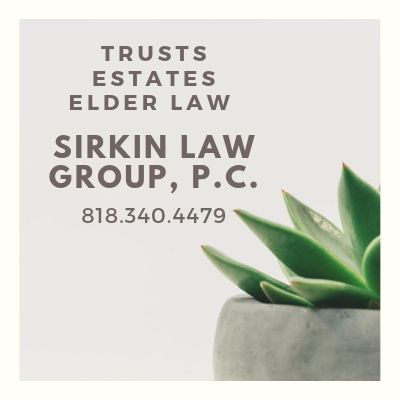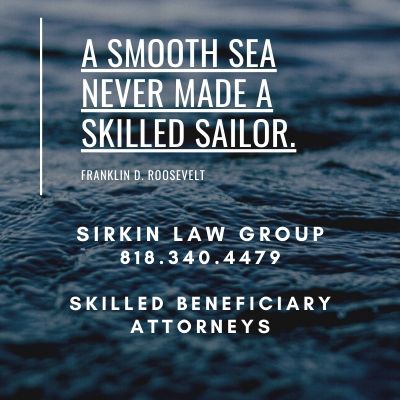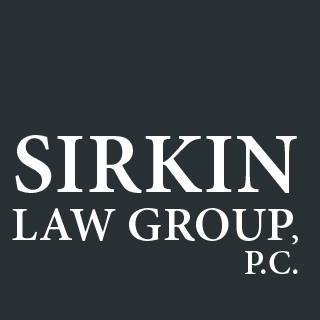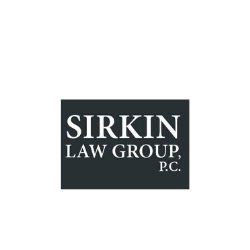Probate Fees
California has two structures for probate fees. Probate statutory fees are also referred to as probate commissions. Probate extra-ordinary fees are fees charged by the executor and the attorney for certain types of tasks which are not covered by the statutory fees or statutory commissions.
How do you calculate probate fees?
Probate Statutory Fees and Commissions can be found in the Probate Code. You can find an estimate for the executor’s probate fees or commissions here via this estimated probate fee calculator:
| APPROXIMATE GROSS ESTATE SIZE | STATUTORY PROBATE FEES IN LOS ANGELES CALIFORNIA |
|---|---|
| $100,000.00 | $4,000.00 |
| $200,000.00 | $7,000.00 |
| $300,000.00 | $9,000.00 |
| $400,000.00 | $11,000.00 |
| $500,000.00 | $13,000.00 |
| $600,000.00 | $15,000.00 |
| $700,000.00 | $17,000.00 |
| $800,000.00 | $19,000.00 |
| $900,000.00 | $21,000.00 |
| $1,000,000.00 | $23,000.00 |
| $2,000,000.00 | $33,000.00 |
| $3,000,000.00 | $43,000.00 |
The general structure of statutory probate fees can be found here:
Probate Code 10800. (a) Subject to the provisions of this part, for ordinary
services the personal representative shall receive compensation based
on the value of the estate accounted for by the personal
representative, as follows:
(1) Four percent on the first one hundred thousand dollars
($100,000).
(2) Three percent on the next one hundred thousand dollars
($100,000).
(3) Two percent on the next eight hundred thousand dollars
($800,000).
(4) One percent on the next nine million dollars ($9,000,000).
(5) One-half of one percent on the next fifteen million dollars
($15,000,000).
(6) For all amounts above twenty-five million dollars
($25,000,000), a reasonable amount to be determined by the court.
(b) For the purposes of this section, the value of the estate
accounted for by the personal representative is the total amount of
the appraisal value of property in the inventory, plus gains over the
appraisal value on sales, plus receipts, less losses from the
appraisal value on sales, without reference to encumbrances or other
obligations on estate property.




